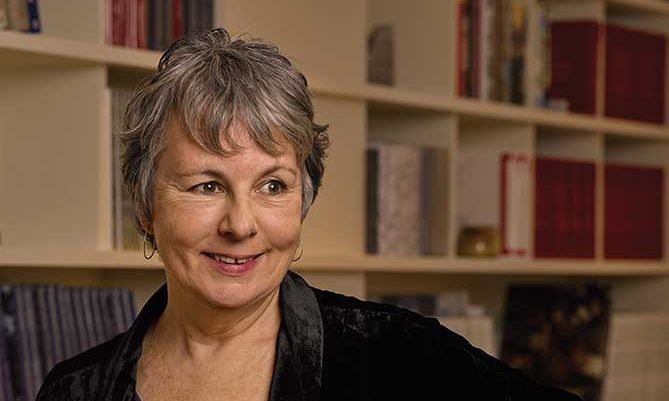© Polly Braden
The Art Newspaper’s Book Club shines a light on art books in their myriad forms and brings you exclusive extracts, interviews and recommendations from leading art world figures. Sign up to our monthly newsletter
In The Other Side, Jennifer Higgie, the former editor of Frieze magazine, explores the life and work of an extraordinary group of often overlooked women artists as well as confirming the crucial role played by spiritualism throughout art history. It is also a personal memoir and a clarion call for us to embrace the spiritual in all its incarnations.
The Art Newspaper: How did the book come about?
Jennifer Higgie: I’ve long been interested in histories of exclusions—of women from art history and then all the other exclusions around class or race or sexuality. I started realising how interesting the history of spiritualism was in terms of its relationship to women’s creativity and also to early Modernism. It seemed to sum up so many different things around histories of exclusion and about prescriptive ways of thinking around art.
You show how women such as Georgiana Houghton and Hilma af Klint were pioneers of abstract art long before the likes of Wassily Kandinsky and Kazimir Malevich.
We were all taught that abstraction began with Kandinsky in 1911. And it’s a misreading. Kandinsky is a great artist, but the idea that he invented abstraction is just plain silly. Because, apart from First Nations art that’s been using this kind of language for tens of thousands of years, there were all of these women making work around this in the 19th century, who were never recognised.
You also make a point of emphasising the key role of the spiritual in art in general.
You can’t think of the Renaissance without its demons and saints and transformations, or ignore First Nations origin stories, or Greek myths—all of these have enriched our culture. Spirituality is in many ways a reflection of what art is: an alchemical process, turning one thing into another. But when I was at art school words like spirituality or intuition or imagination were frowned upon; everyone was in thrall to French theory and this was a death knell to different ways of thinking about art. Spiritualism informed all art until the late 19th century, but then suddenly it was decided that it wasn’t cool anymore.
The Other Side: A Journey into Women, Art and the Spirit World by Jennifer Higgie
Why did this happen?
Alfred Barr, the first director of the Museum of Modern Art in New York, did an enormous amount of harm with his prescriptive way of saying what Modernism was, and [the art critic Clement] Greenberg, too. This idea that modernity had to be rational, cool and atheist, and that it was about the shape of things rather than their meaning, was a terrible misreading that filtered through Western art and dismissed so many different approaches to art making.
It is a highly personal book. Why did you include autobiographical information and anecdotes?
I felt that this was a very personal, heartfelt exploration that’s also emblematic of something bigger. Another reason was because I’m really aware of who I haven’t included. Art history is a fascinating work in progress that’s an ongoing history of exclusions as well.
• The Other Side: A Journey into Women, Art and the Spirit World, Jennifer Higgie, Weidenfeld & Nicolson, 320pp, £22 (hb)
Sign up to our monthly Book Club newsletter and follow us on social media using #TANbookclub

